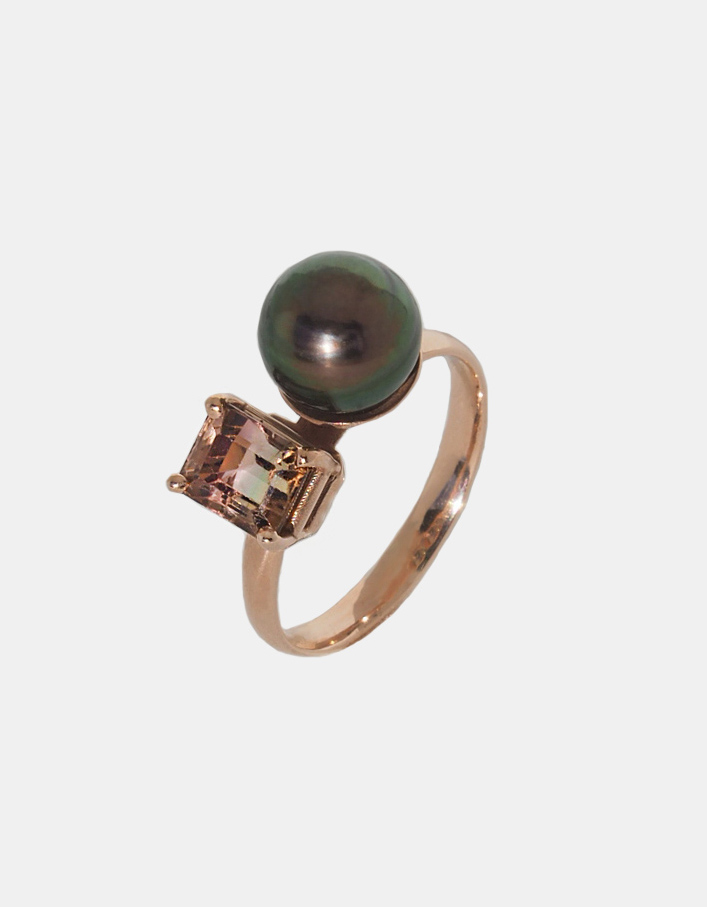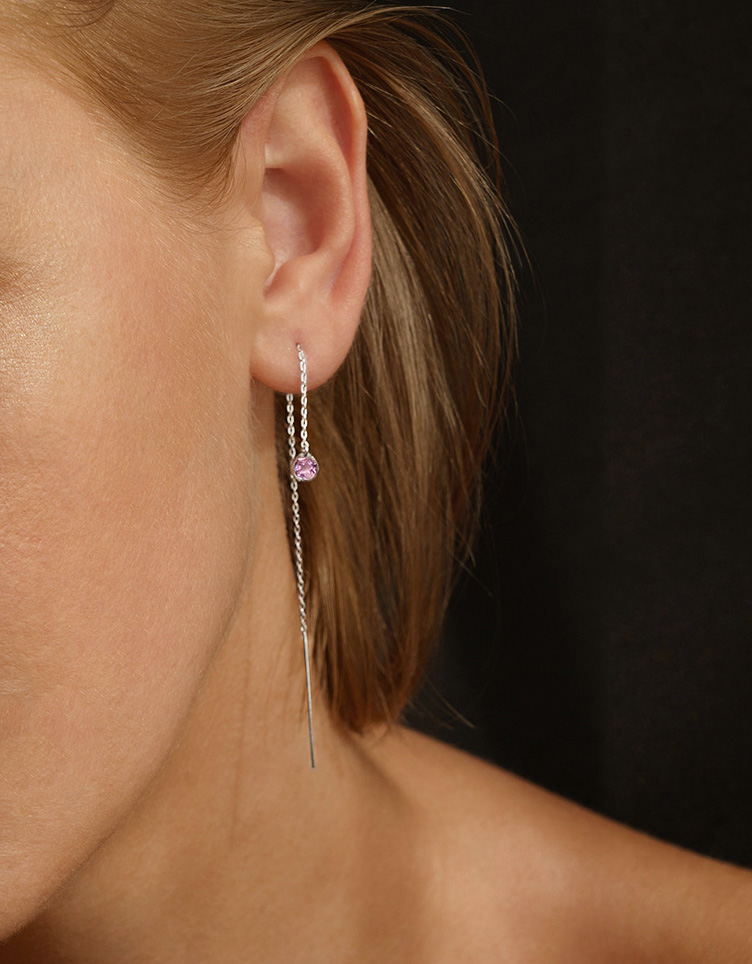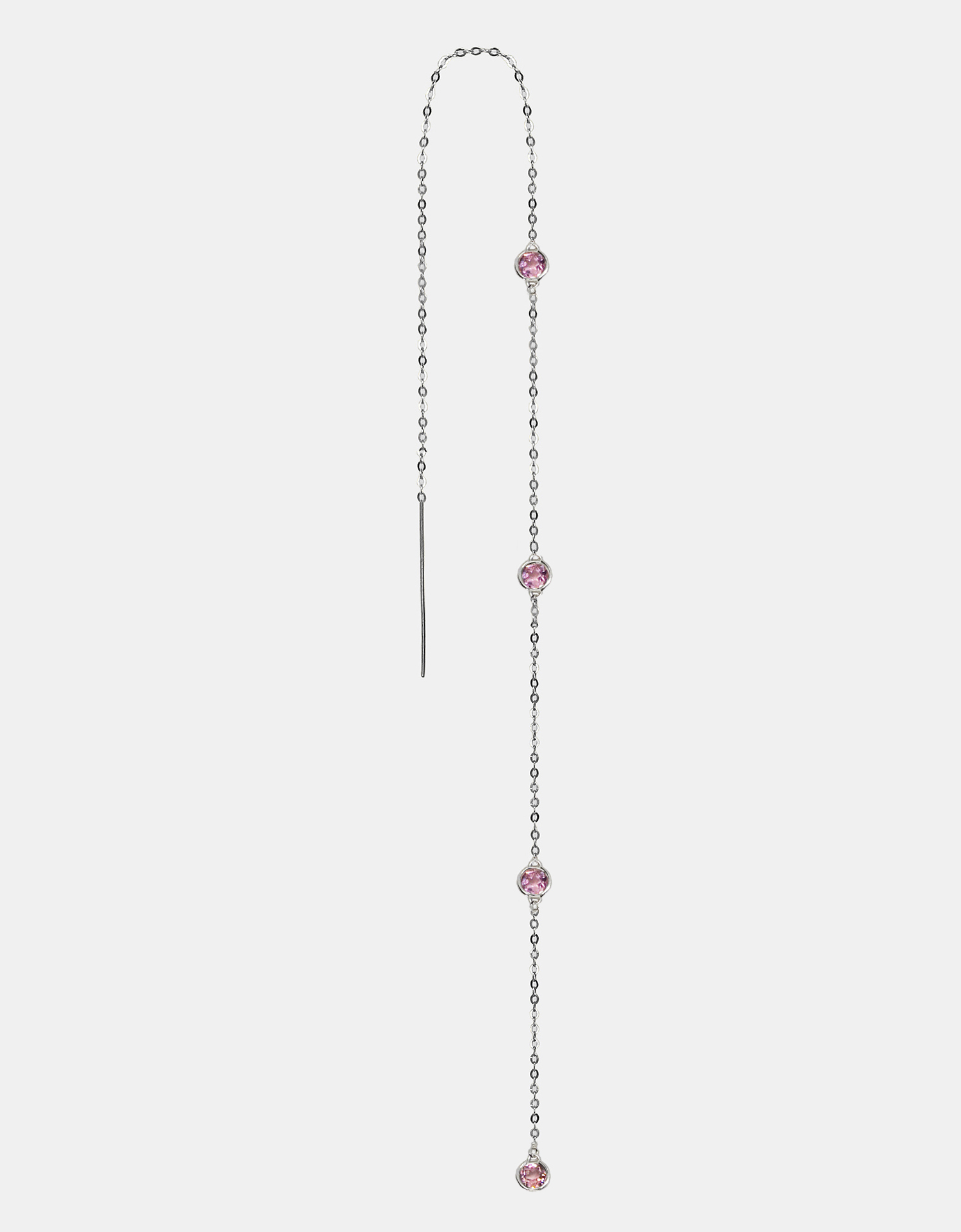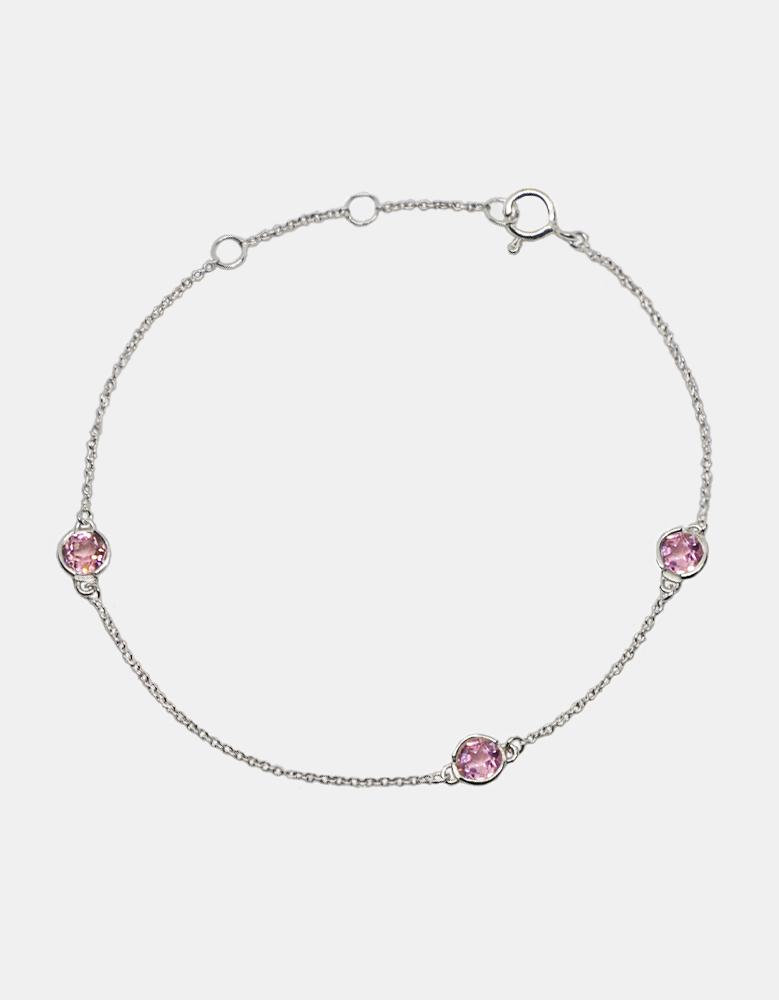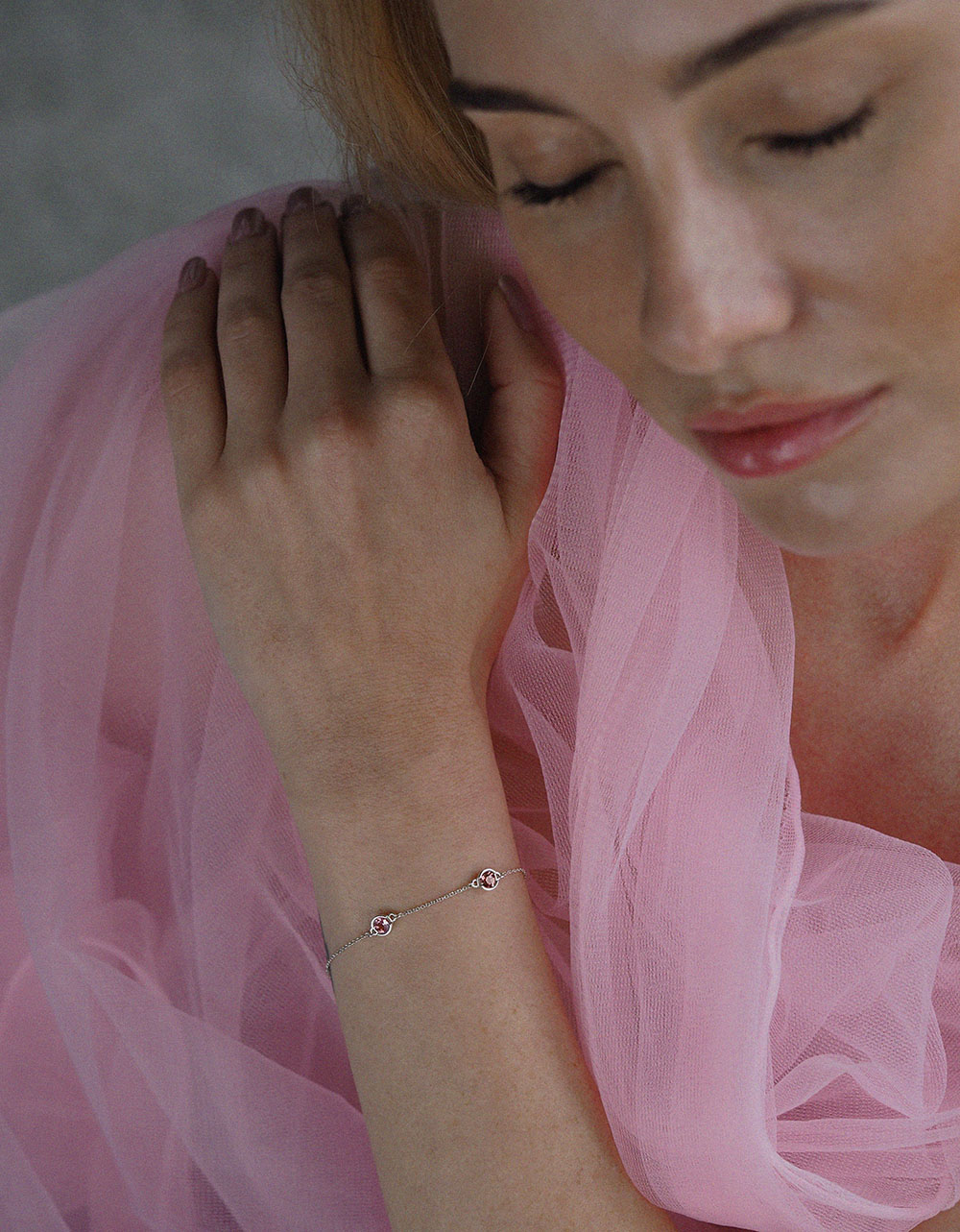
- Silver
- Gold Jewelry
-
Natural Gemstones
Natural Gemstones
-
Diamonds
Diamonds
-
Wedding and Engagement
Wedding and Engagement
- Baby born
- Men's Jewelry
-
Collections
Collections
- Gifts
- Boutiques
